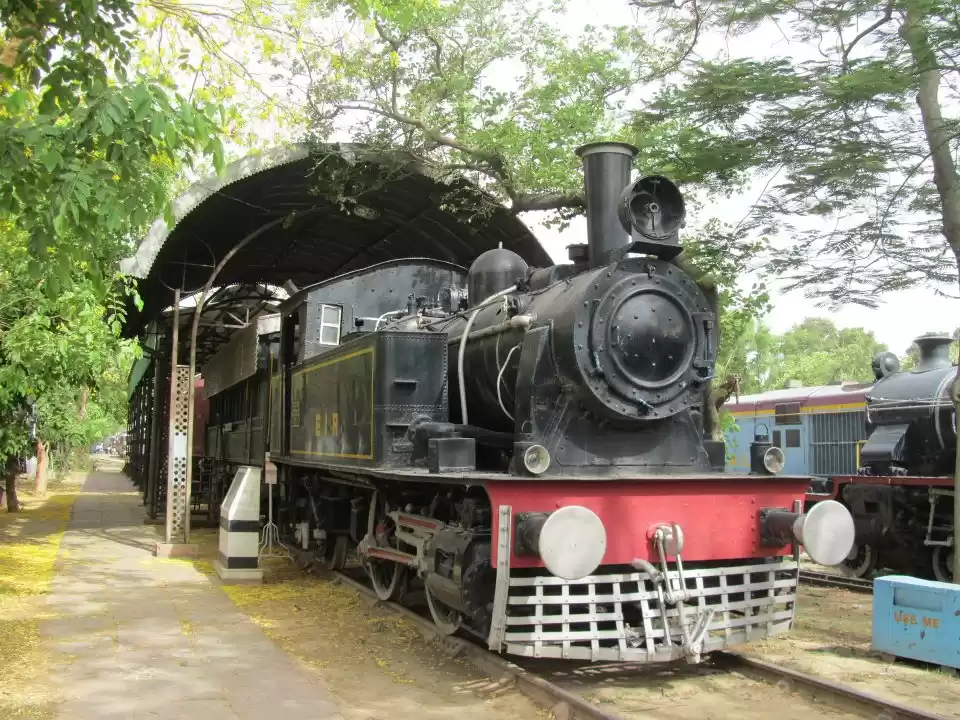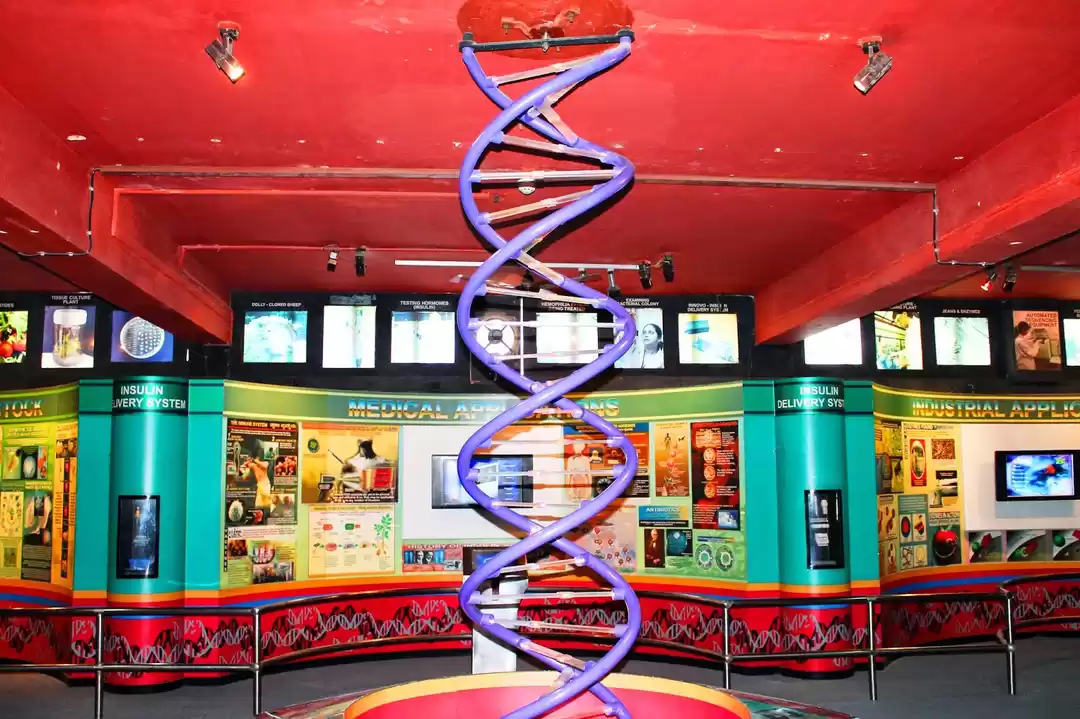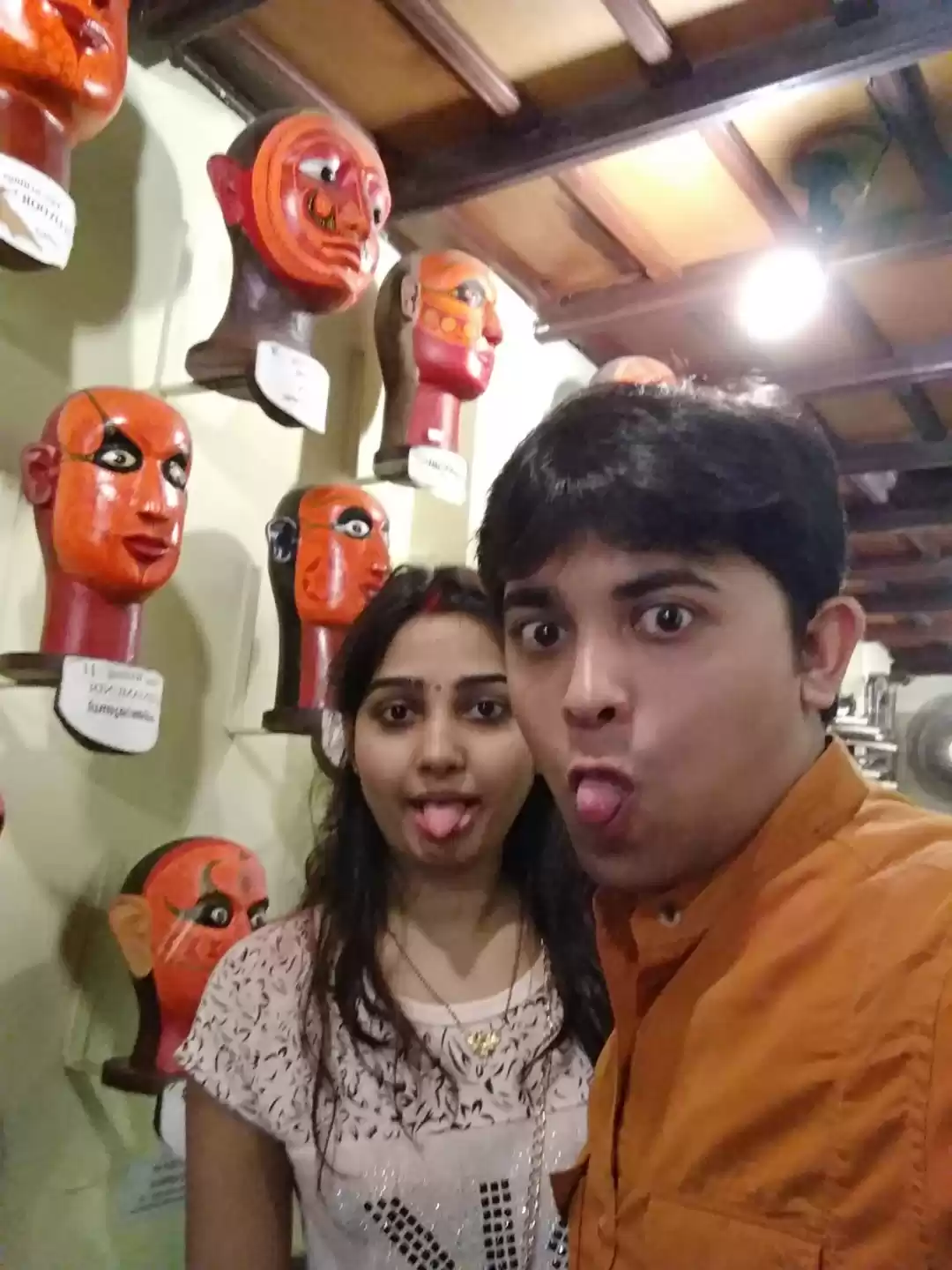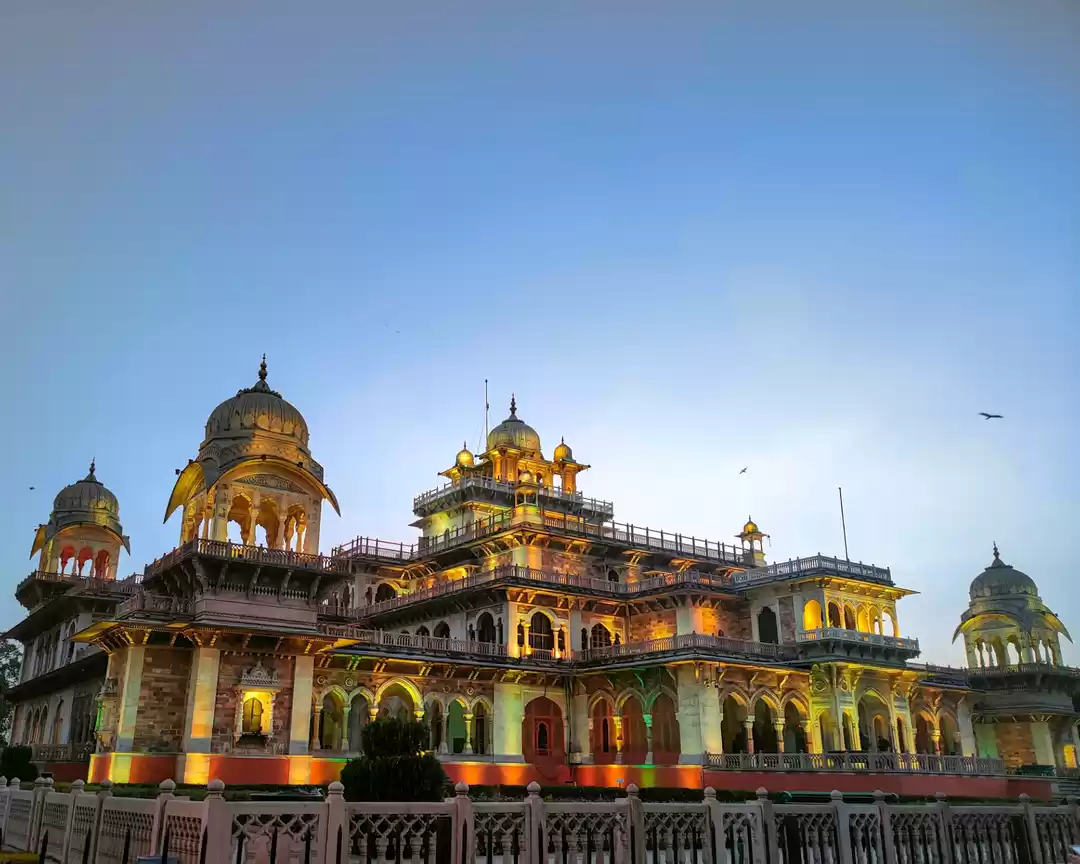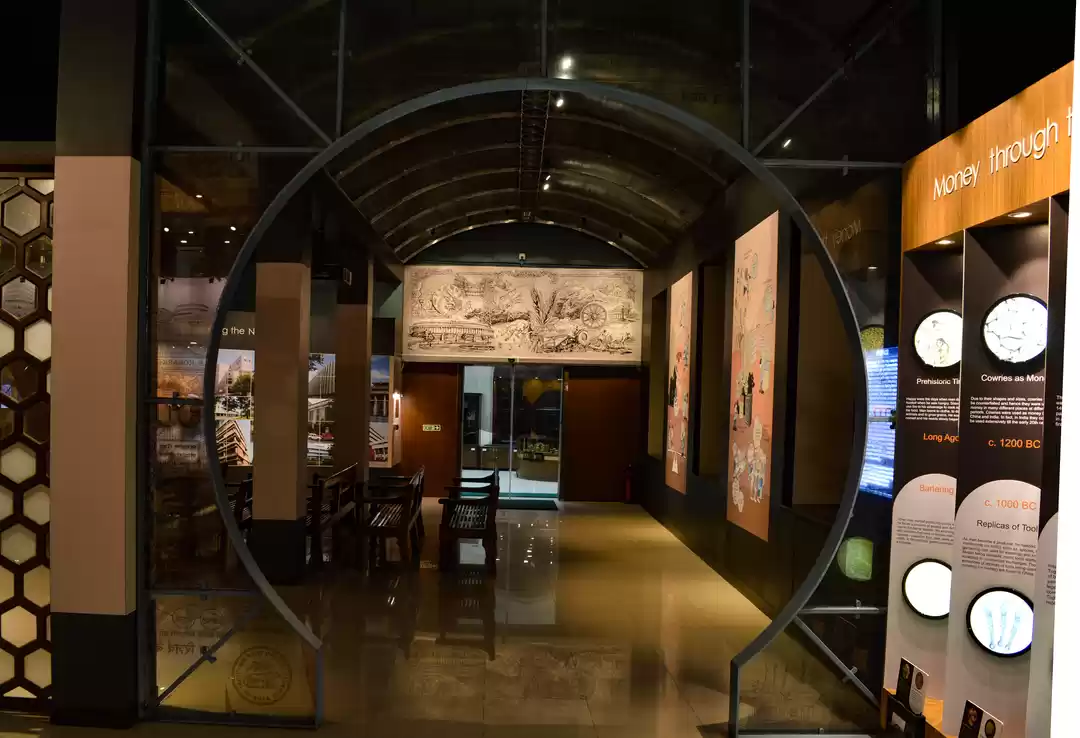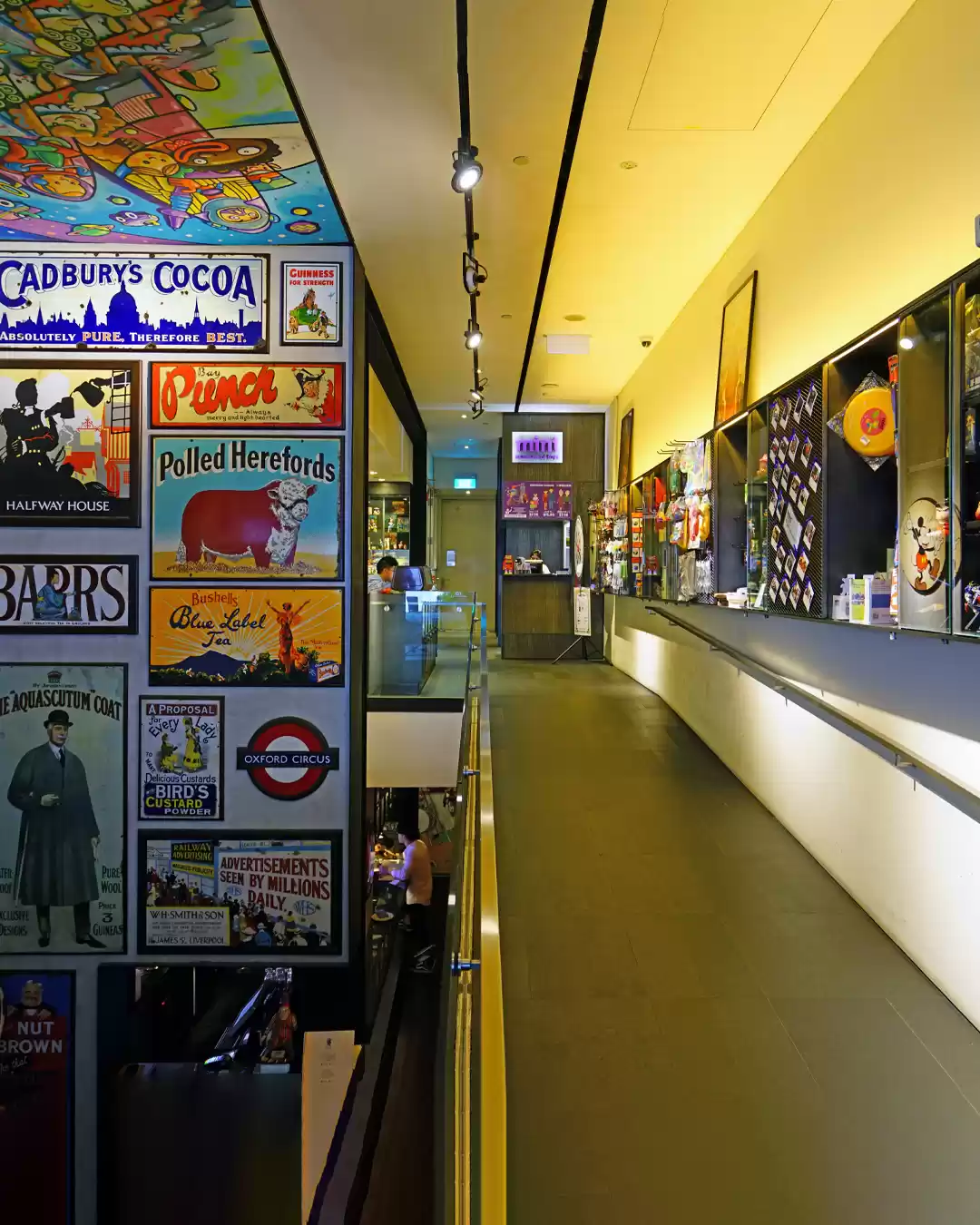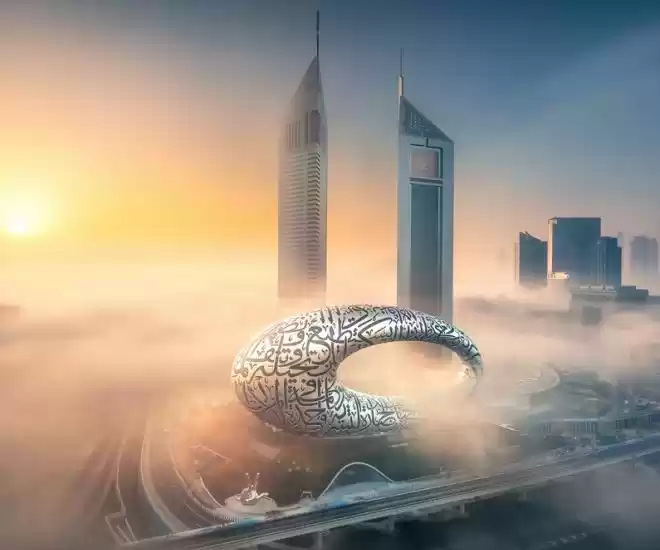Are you looking for a unique and fascinating attraction in Jakarta? Do you want to learn more about the history and culture of Indonesia’s seafaring nation? If yes, then you should visit Museum Bahari, also known as the Jakarta Maritime Museum. Located at the historic Sunda Kelapa Harbour, this museum showcases the maritime heritage of Indonesia through various collections and exhibits. You will also get to see the impressive architecture of the old Dutch warehouses and the watchtower that house the museum.
Whether you are a history buff, a culture lover, or a curious traveler, you will find something to enjoy and appreciate at Museum Bahari. In this article, we will guide you through everything you need to know about this museum, including its history, exhibits, things to do, how to reach, and nearby attractions. Read on to find out why Museum Bahari is a must-visit destination for anyone who wants to explore Jakarta’s maritime legacy.
Collections and Exhibits
One of the main attractions of Museum Bahari is its collections and exhibits that display the maritime culture of Indonesia. The museum has four main halls, each dedicated to a different theme: the history of Sunda Kelapa Harbour, the traditional boats and canoes of Indonesia, the navigation tools and instruments, and the maritime explorers and traders. Here are some of the highlights of each hall:

History of Sunda Kelapa Harbour: This hall tells the story of how Sunda Kelapa Harbour became the center of trade and commerce in Indonesia since the 12th century. You will see maps, charts, paintings, and models that depict the evolution of the harbour and its role in the history of Jakarta and Indonesia. You will also learn about the various influences that shaped the harbour, such as the Hindu, Buddhist, Islamic, Portuguese, Dutch, and British civilizations.
Traditional Boats and Canoes of Indonesia: This hall showcases the diversity and beauty of the boats and canoes that are used by the different regions and ethnic groups of Indonesia. You will see examples of the pinisi, the wooden sailing ship that is still used by the Bugis people of South Sulawesi, the jukung, the outrigger canoe that is common in Bali and Java, the sandeq, the fast and agile boat that is used by the Mandar people of West Sulawesi, and many more. You will also learn about the origins, features, and meanings of these boats and canoes and how they reflect the maritime identity of Indonesia.
Navigation Tools and Instruments: This hall displays the various tools and instruments that are used by the Indonesian sailors and navigators to navigate the seas and oceans. You will see examples of the kompas, the traditional compass that is made of wood and iron, the astrolabe, the ancient device that is used to measure the position of the stars, the sextant, the modern instrument that is used to measure the angle between two objects, and many more. You will also learn about the skills and knowledge of the Indonesian navigators and how they use these tools and instruments to find their way and direction.
Maritime Explorers and Traders: This hall celebrates the achievements and contributions of the Indonesian maritime explorers and traders who traveled across the world and established trade and diplomatic relations with other countries. You will see portraits, biographies, and memorabilia of some of the famous figures, such as Gajah Mada, the prime minister of the Majapahit Empire who unified the archipelago under his rule, Cheng Ho, the Chinese admiral who visited Indonesia several times and brought gifts and goodwill, Abdul Rahman Al-Mashoor, the sultan of Aceh who sent an envoy to the Ottoman Empire and received a letter from the sultan, and many more. You will also learn about the challenges and opportunities that these explorers and traders faced and how they influenced the history and culture of Indonesia and the world.
The museum also has a courtyard area where you can see some of the actual boats and canoes that are used by the local fishermen and sailors. You can also visit the nearby Syahbandar Tower, also known as the Menara Syahbandar, which is a part of the museum complex. This tower was built by the Dutch in 1839 and served as a watchtower and a lighthouse. From the top of the tower, you can enjoy a panoramic view of the harbour and the city.
History and Architecture
Another attraction of Museum Bahari is its history and architecture. The museum is housed in a series of old Dutch warehouses that were built in the 17th century. These warehouses were used to store spices, coffee, tea, and other commodities that were traded by the Dutch East India Company. The warehouses are made of red bricks and have high ceilings and large windows. They are arranged in a U-shape and face the harbour. The warehouses have been renovated and restored several times, but they still retain their original charm and character.
The museum also has a watchtower that was built by the Dutch in 1839. The watchtower is also known as the Syahbandar Tower or the Menara Syahbandar. It served as a watchtower and a lighthouse for the harbour. The tower is 15 meters high and has a hexagonal shape. It has a clock and a bell on its top. The tower is connected to the museum by a bridge. The tower is open to the public and you can climb to the top and enjoy a panoramic view of the harbour and the city.
Things to Do
There are many things to do inside and outside the museum. Here are some of the activities that you can enjoy:
Explore the collections and exhibits of the museum and learn about the maritime heritage of Indonesia. You can also join a guided tour or an audio tour to get more information and insights.

Visit the courtyard area and see the boats and canoes that are used by the local fishermen and sailors. You can also interact with them and learn about their lives and stories.

Climb the Syahbandar Tower and enjoy a panoramic view of the harbour and the city. You can also see the clock and the bell that are on the top of the tower.

Visit the nearby Sunda Kelapa Harbour and see the traditional pinisi boats that are still used for trade and transportation. You can also take a boat ride and explore the harbour and its surroundings.
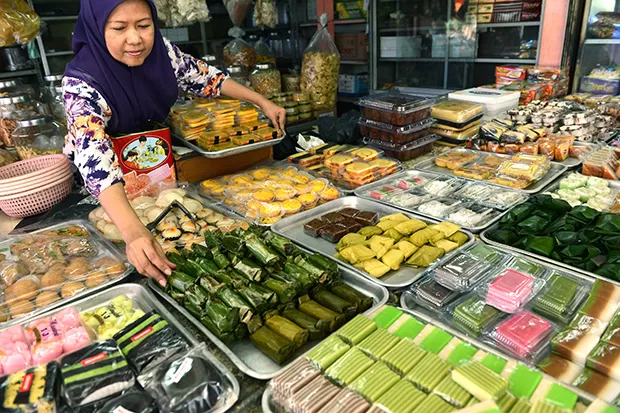
Try some of the local delicacies and snacks that are sold by the street vendors near the museum and the harbour. You can also find some souvenirs and handicrafts that are made by the local artisans.
How to Reach
Museum Bahari is located at Jalan Pasar Ikan No. 1, Penjaringan, North Jakarta. It is about 10 kilometers from the city center and 25 kilometers from the airport. You can reach the museum by various modes of transportation, such as:
Bus:
You can take the TransJakarta bus and get off at the Kota Tua bus stop. From there, you can take a taxi, a bajaj, or a becak to the museum. The bus fare is about IDR 3,500 and the taxi fare is about IDR 20,000.
Train:
You can take the commuter train and get off at the Jakarta Kota train station. From there, you can take a taxi, a bajaj, or a becak to the museum. The train fare is about IDR 5,000 and the taxi fare is about IDR 20,000.
Car:
You can drive your own car or rent a car to the museum. You can use the Google Maps or Waze app to navigate your way. The parking fee is about IDR 10,000 per hour.
Motorcycle:
You can ride your own motorcycle or rent a motorcycle to the museum. You can use the Google Maps or Waze app to navigate your way. The parking fee is about IDR 5,000 per hour.
Nearby Attractions
Museum Bahari is not the only attraction that you can visit in the area. There are many other places that you can explore and enjoy, such as:
Old Town:
This is the historic area of Jakarta that dates back to the colonial era. You can see many old buildings and monuments that reflect the Dutch, Portuguese, Chinese, and Indonesian influences. You can also visit some of the museums and galleries that are located in the area, such as the Jakarta History Museum, the Wayang Museum, the Fine Arts and Ceramics Museum, and the Bank Indonesia Museum.
Fatahillah Square:
This is the main square of the Old Town that is surrounded by some of the iconic buildings and landmarks of Jakarta. You can see the Fatahillah Museum, the Jakarta City Hall, the Batavia Cafe, and the Jakarta Kota train station. You can also enjoy some of the activities and events that are held in the square, such as the Sunday Market, the Car Free Day, the Street Art Festival, and the Jakarta Night Festival.
Sunda Kelapa Harbour:
This is the oldest harbour in Jakarta that is still active and operational. You can see the traditional pinisi boats that are used for trade and transportation. You can also take a boat ride and explore the harbour and its surroundings. You can also visit some of the attractions that are located near the harbour, such as the Maritime Museum, the Syahbandar Tower, the Luar Batang Mosque, and the Fish Market.
Museum Bahari is a great place to visit if you want to discover the rich maritime heritage of Jakarta and Indonesia. You will be amazed by the collections and exhibits that showcase the maritime culture of Indonesia. You will also appreciate the history and architecture of the museum and its buildings. You will also have fun doing some of the activities and visiting some of the nearby attractions. Museum Bahari is a place where you can immerse yourself in the maritime spirit of Jakarta and Indonesia. We hope that this article has given you some useful information and insights about Museum Bahari. If you are interested in visiting this museum, here are some more details that you need to know:
Opening hours: The museum is open from Tuesday to Sunday, from 9 am to 3 pm. It is closed on Mondays and public holidays.
Entrance fee: The entrance fee for the museum is IDR 5,000 for adults and IDR 3,000 for children. The entrance fee for the Syahbandar Tower is IDR 2,000 for adults and IDR 1,000 for children.
Thank you for reading this article and we hope that you have enjoyed it. If you have any questions or comments, please feel free to leave them below. We would love to hear from you and help you with your travel plans.
If you want to read more articles like this, please subscribe to our newsletter and follow us on Tripoto. We will keep you updated with the latest and best travel tips and destinations. Happy travels!

